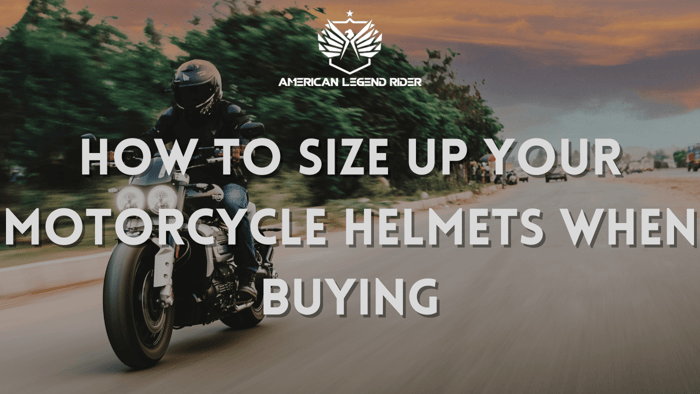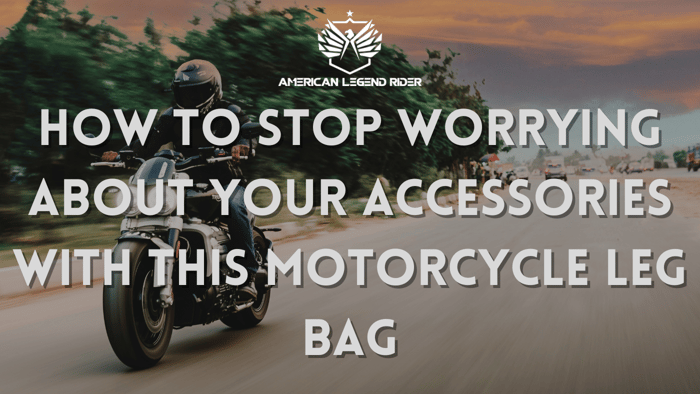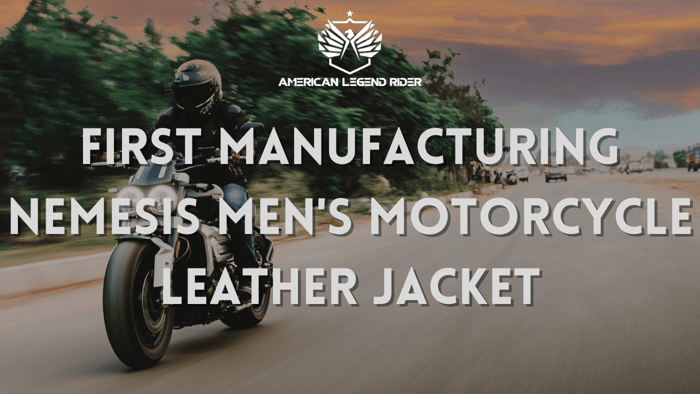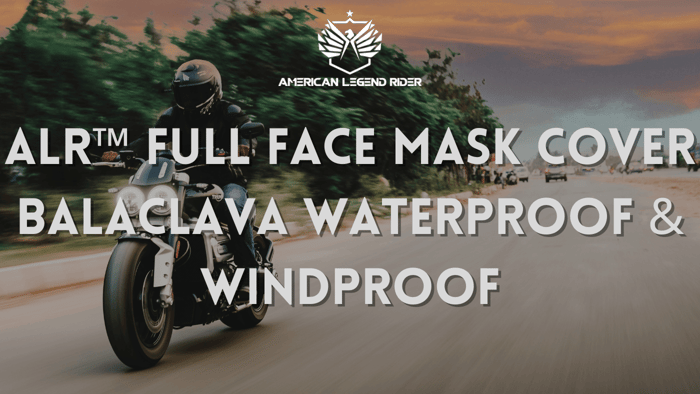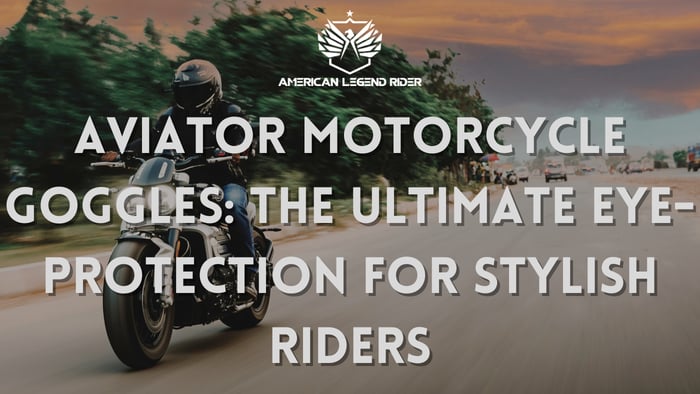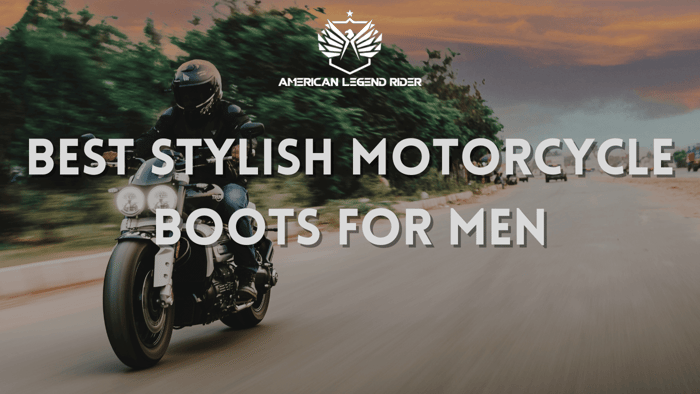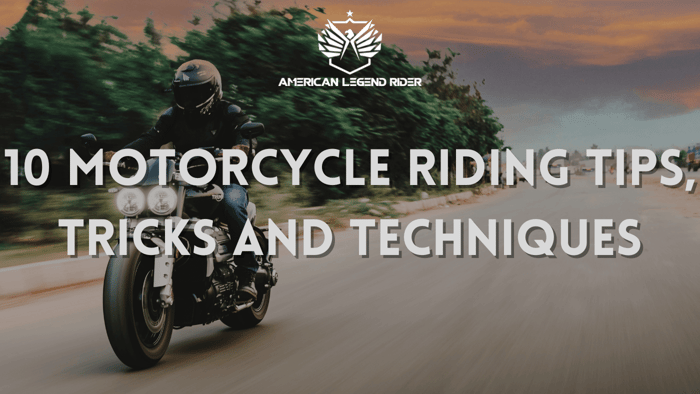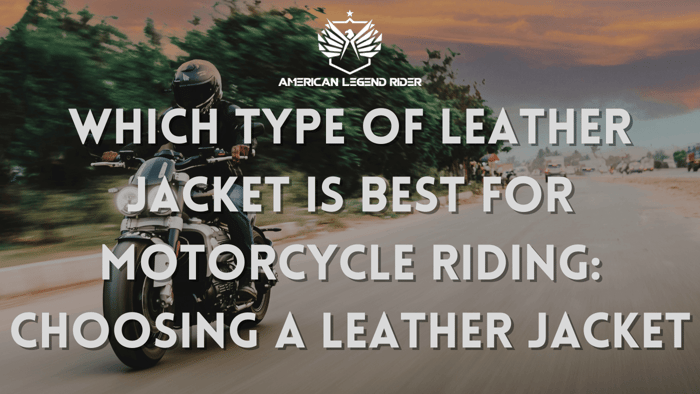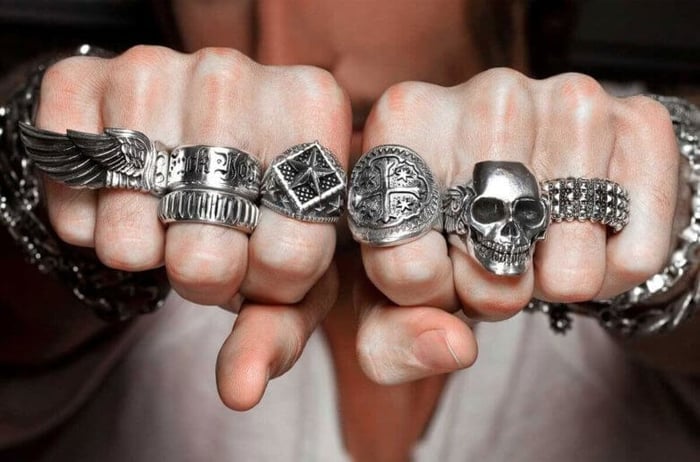The ex-president of the United States, J.F. Kennedy, once said, "There's nothing like the simple joy of riding a bike."
Mental health experts have also confirmed that going on long rides can improve your mood and affect the production and absorption of chemicals in your brain that make you feel good.
However, all the enjoyable discussions about riding can be cut short if you ride without wearing a helmet and get into an accident. That's why motorcycle helmets are crucial for fully enjoying this activity. In fact, it's better to not ride a motorcycle at all than to ride without a helmet.
Helmets and their properties /specifications
A perfect helmet should be so comfortable that the rider will forget it is there. A helmet has three essential components
● A hard outer layer is known as the shell. This allows your head to safely skid across the surface of an impact without jerking your neck. Essentially, if you got your head, your riding helmet bears the brunt of the impact reducing the amount of energy that collides with your head.
● A soft inner layer. This is usually made of expanded polystyrene or polypropylene. It works to cushion the blow to the head.
● The third component is a mechanism to keep the helmet attached or strapped to the head.
It should be noted that helmets have evolved over the years. Helmets today have superior protection compared to helmets from ten years ago. The advancement in recent years has made helmets lighter, softer and more feature-rich.
Here are some things to be put into consideration before getting a helmet,
They are;
1. Safety- This is the ultimate purpose of using a helmet. Protecting your head in the event of an accident or any unforeseen situation is key. This is the one area where you cannot compromise. You must always ensure that the helmet you're getting passes the local regulation tests.
The body responsible for this in the United States is the Department of Transport (DOT) while it is known as the Economic Commission for Europe (ECE) in the EU. Any helmet that has the approval of these two bodies is safe to use.
2. Fitness and comfort- How fitted a helmet is can be very essential as a snug fit helmet does not only provide maximum face protection and head protection for the wearer but also makes the ride more enjoyable. Hence, the wearer will be able to focus on the task at hand and will not be distracted. There are some factors that influence the fit of a helmet-like; Helmet size, head shape, head circumference -materials and properties of the helmet, the weight, designs and colour.
Your prefered helmet should not be too tight and neither should it be too loose so that it won't shift to uncomfortable positions as the wearer moves. The third component of a helmet which is the fastening mechanism should be properly put in place to make sure that the helmet does not come off or shift upon impact.
3. Price- It is normal for people to look for the best quality products with the highest utility but in the case of motorcycle helmets. Price should be considered secondary when getting a motorcycle helmet. As mentioned earlier, safety is Paramount but this doesn't negate the fact that the price of a helmet is influenced by the material used to manufacture it. Sometimes helmet brands have their own market value and quality that determine their product prices. Another thing that influences the price is the kind of technology integrated into the production of the helmet.
TYPES OF HELMETS

Helmets come in many shapes and sizes categorized by defining style or use. The most common types are;
★ Full face helmets- It provides most protection to the chin, face and the Jaw. This helmet shields your head as effectively as a full-face helmet. It also has Integrated/retractable sun visors, Excellent venting etc
★ Open face helmets - are also known as Flip flop helmets. They usually don't have a
chin guard, leaving the face exposed. It is more convenient when you need to have a conversation while riding, grab a bite or make a phone call. It comes with an integrated face and Sun shield.
★ Modular helmets- this is the combination of the full face helmet and open helmet. It has a cover-like component that allows you to remove or flip up the lower section.
★ Half face helmets- is suitable for riders who want to enjoy the open road feeling. It guarantees
protection for the sides,top and back of the head. It is lighter which makes it more comfortable for long term journeys compared to the full face helmet. It also comes with Ultra weight designs.
★ Off-road helmets- this is also known as motocross helmets. They have sun visors, extra chin protection and additional venting. Though many of the off-road helmets also come without a visor.
★ Dual-sport helmets- it is also called an adventure helmet. It is most suitable for those who ride
dual-sport bikes and riders whose intention is to spend the same amount of time on and off the road. Most don't have face shields and features removable integrated visors.
Why Should I Wear a Helmet?
No one expects or ever prays for an accident. But it is better to always be on guard in the event that real-life presents you with an unexpected occurrence. A helmet is designed to cushion and protect a rider's head from collision or a crash.
The major advantage of wearing a helmet while riding is that it greatly reduces the severity of the injury and potential trauma to the head in any case of an accident.
There’s much more to a good helmet than what meets the eye. A good helmet will save your head from sustaining injuries during accidents and perform other functions effectively.
Wearing a properly fitted helmet:
· Will actually improve the rider's ability to hear by streamlining the head and the ear which can reduce wind noise allowing the rider to hear other sounds.
· It prevents eye injuries and distractions from dust and dirt.
· It shields the wearer from rain, road debris, snow and noise pollution.
· It likewise keeps you from getting earaches.
· Modern helmets can perform numerous tasks like streaming music and giving GPS routes.
Measuring and Picking the most suitable Helmet
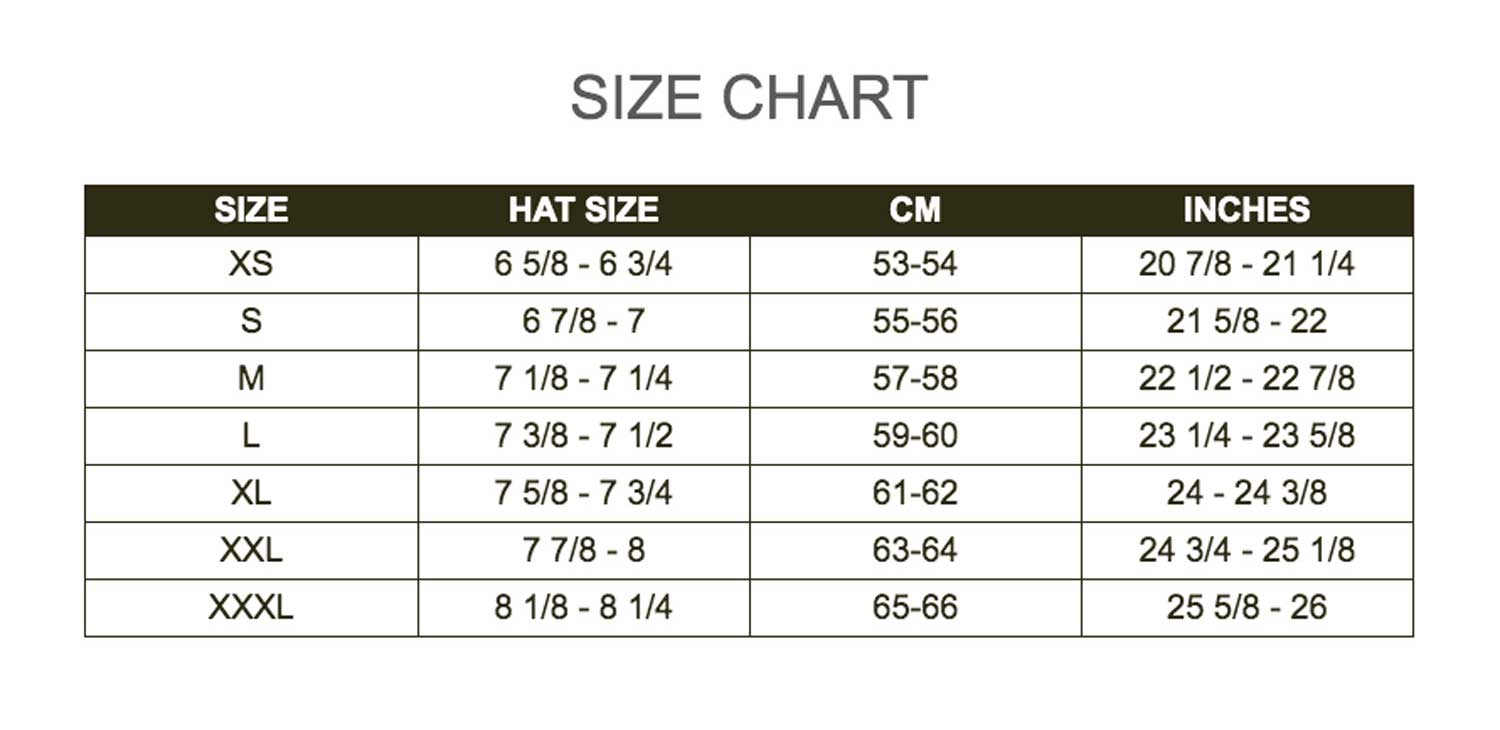
There are varieties of helmets in the stores but it is essential to know the one that best fits you well. Helmets won't perform as designed if your head is not snuggly fitted against the impact and absorb the material in the shell. That is why the reasons for your preferred choice of the helmet should start from a Safety guarantee
- View
- Design
-Price.
Helmets may vary in price from manufacturer to manufacturer but price shouldn't be a primary factor to dictate your helmet choice. Priority should always be given to Quality and Safety.
It is advisable to go for modern helmets due to the advancements that have occurred in recent years that have made helmets lighter, safer, and more feature-rich. Advanced materials, such as carbon fiber, improved optics in the face shields, and new safety mechanisms (such as MIPS, multidirectional impact protection system) that take full advantage of computer-assisted design.
It is good to spend enough time finding the right helmet, in the end, it'll be worth it because safety is Paramount.
